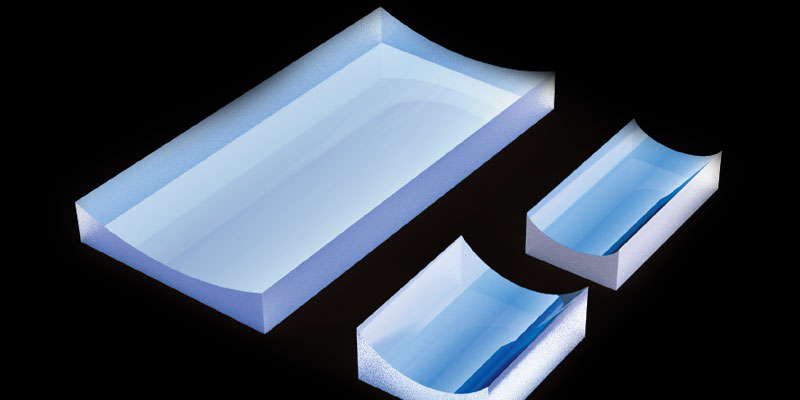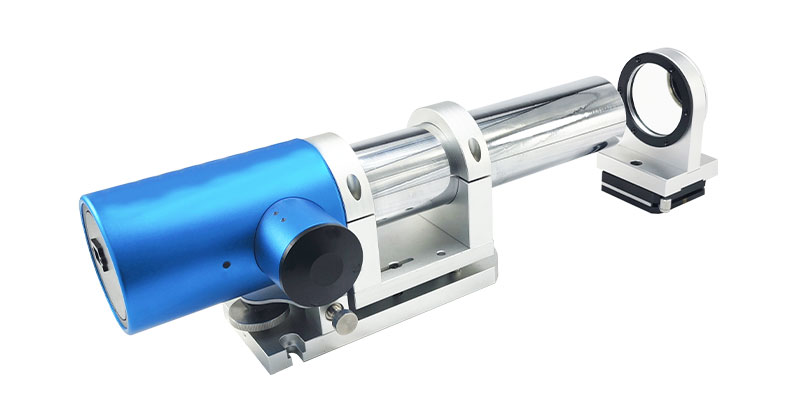
1.Optical Lens Shape
A cylindrical concave lens features flat surfaces on one side and a curving edge on its opposite, creating the appearance of a round. Spherical lenses, on other on the other hand, are lenses made up of two spherical surfaces that have a spherical form.

2.Lens Imaging Mode
Cylindrical planoconcave lenses only capture one-dimensional lines as the mode of imaging is an image that is a translation along the column’s surface. Spherical lenses, on contrary, can produce two-dimensional images.
3.Application scope

Cylindrical planoconcave lenses are commonly used to correct astigmatism within the eyes. Astigmatism is caused through the deformation of the direction of the eyeball. Therefore, cylinder lenses are able to correct astigmatism due to their particular shape. Spherical lenses, on contrary, are extensively employed in optics, like cameras, telescopes, microscopes and many more.
4.Comparison of the advantages and disadvantages
The benefit of a cylindrical plano-concave lenses is that it solves the issue of astigmatism that affects eyes. However, the drawback is that it is able to only display single-dimensional lines, which means it’s limited to the wide-spread optical field. The benefit of spherical lenses is that they are able to create two-dimensional pictures and are extensively used, however their drawback is that they can’t fix the astigmatism in the eyes.
Summary
There are distinct distinctions between cylindrical plano-concave lenses and spherical lens in regards to their shape, image mode, the scope of use as well as their advantages and disadvantages. For various scenarios it is important to select the correct kind of lens for the greatest image effect.
optlenses
Related posts
Dichroic Mirror: A Reliable Assistant in Gemstone Identification
What is the Iris Diaphragm Microscope?
What is an collimator and its application fields?
Confocal Microscopy:The Pioneer of High-Precision Imaging



